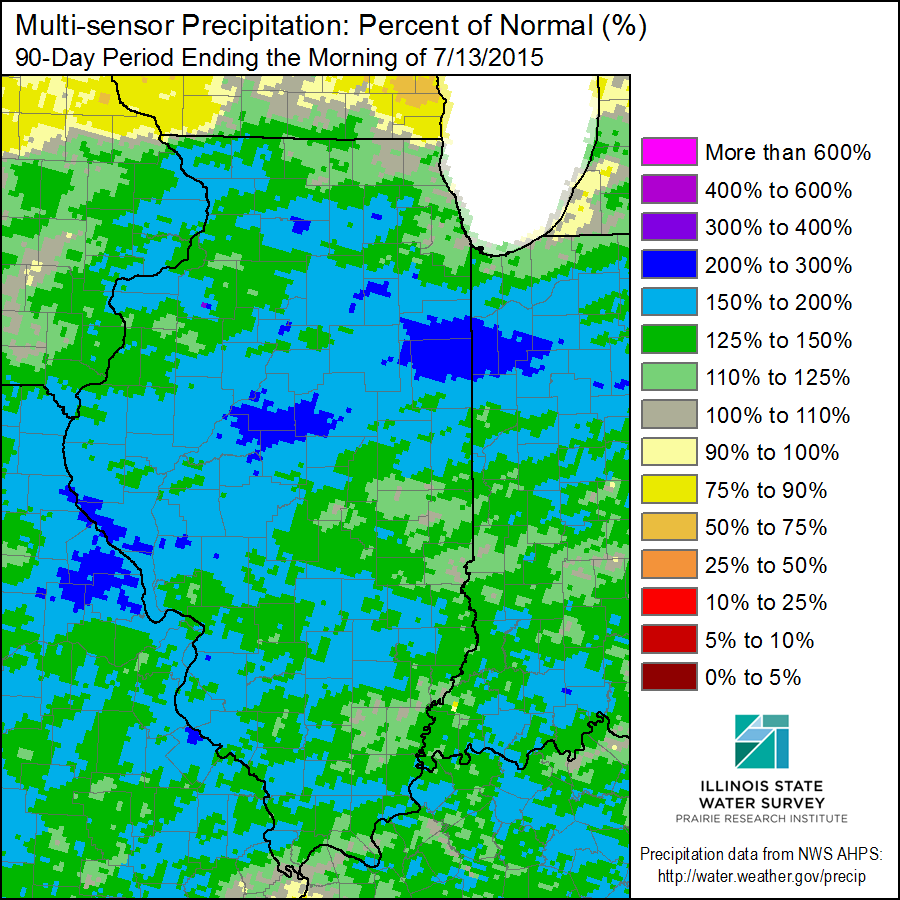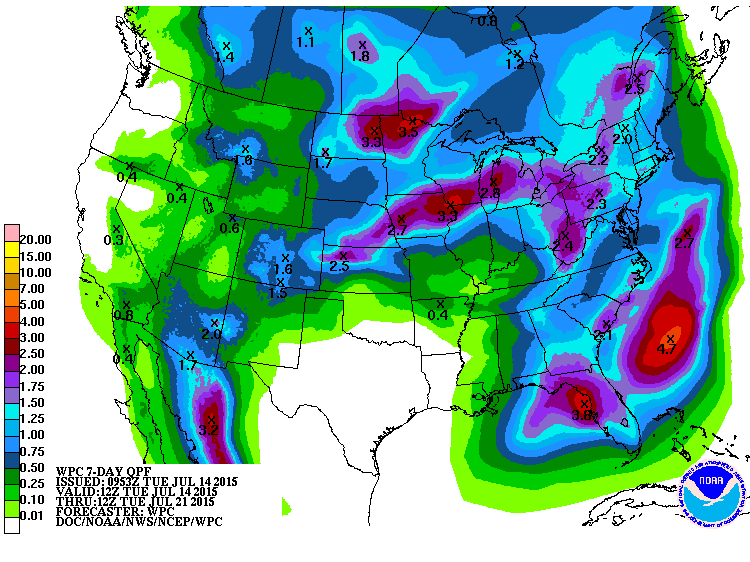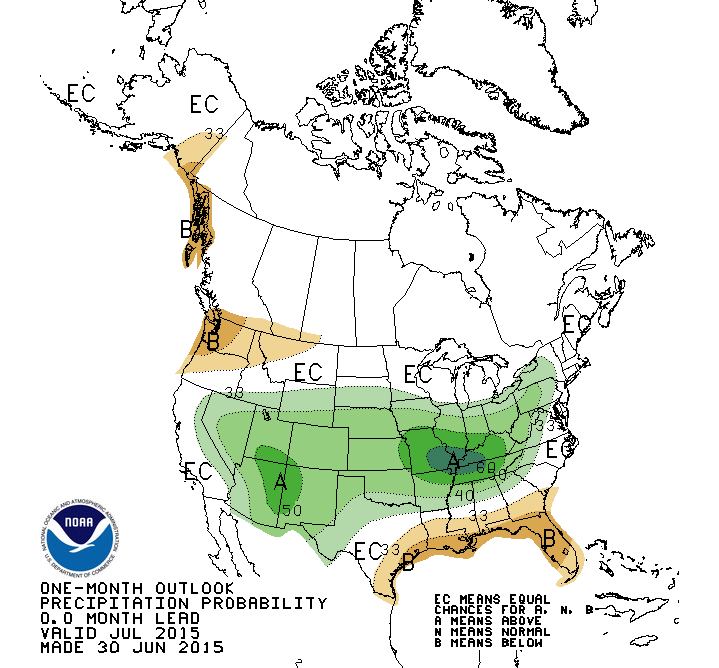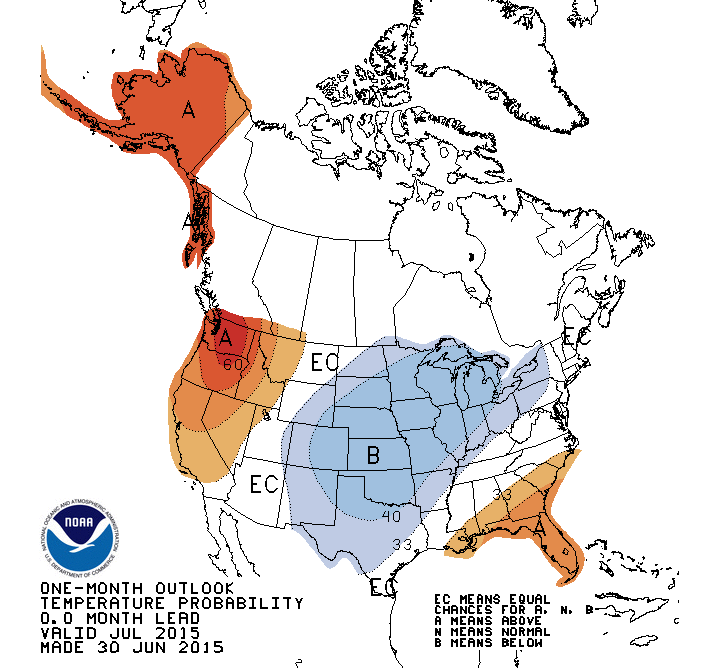
After a record-setting June, as well as a wet May beforehand and a wet July so far, we are seeing the agricultural impacts of the wet growing season. Right now, the state-wide July precipitation in Illinois is at 3.1 inches. That is about 50% above the long-term average for this time in the month.
According to the USDA report yesterday, only 96% of the soybean crop in Illinois has been planted.
Meanwhile, the corn and soybeans already in the ground have struggled. For corn, 5% of the crop was rated “very poor” and another 11% rated “poor”. For soybeans, 7% of the crop was rated “very poor” and another 13% rated “poor”.
According to the National Weather Service, the potential for heavy rainfall remains – especially in northern Illinois. Rainfall amounts over the next 7 days could range between 1 to 3 inches in northern Illinois, 0.25 to 1 inch in central Illinois, and 0.25 inches or less in southern Illinois. Local amounts could vary widely from place to place due to the nature of the storms.





